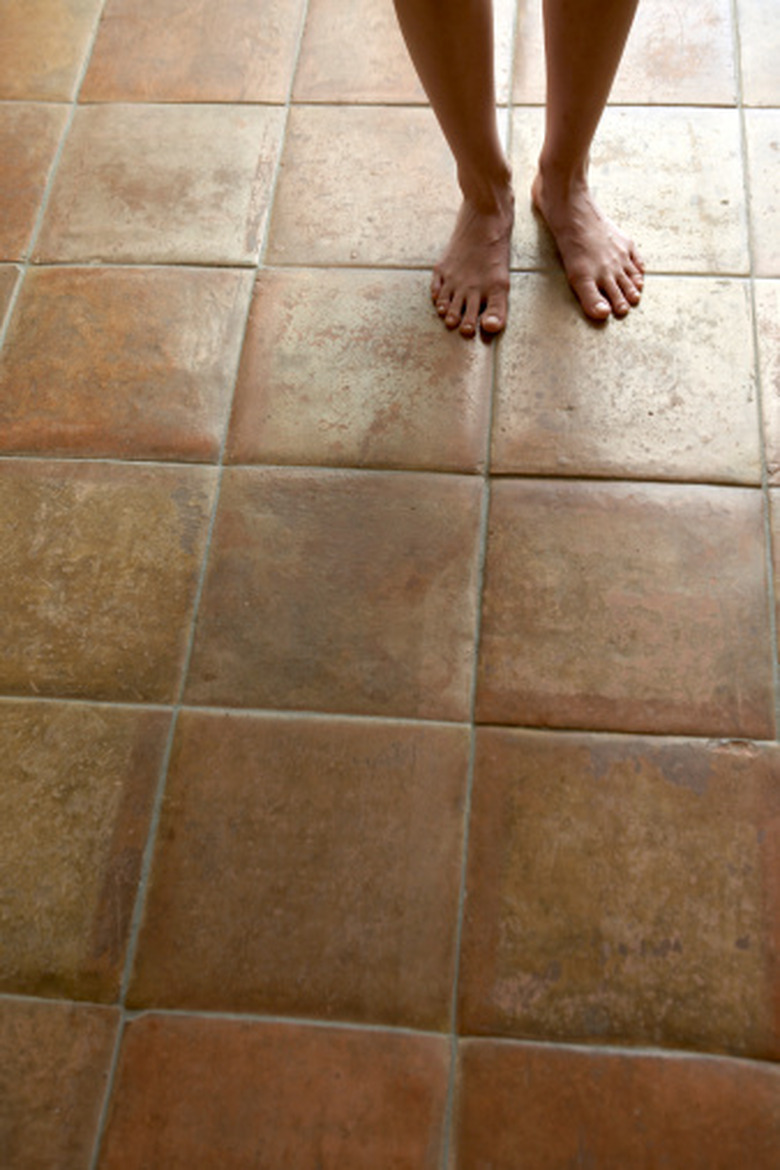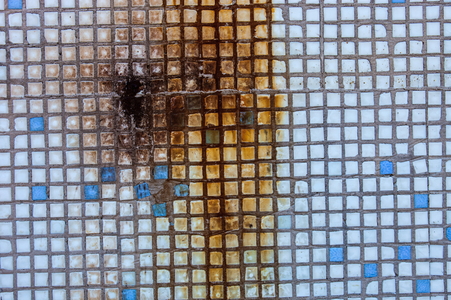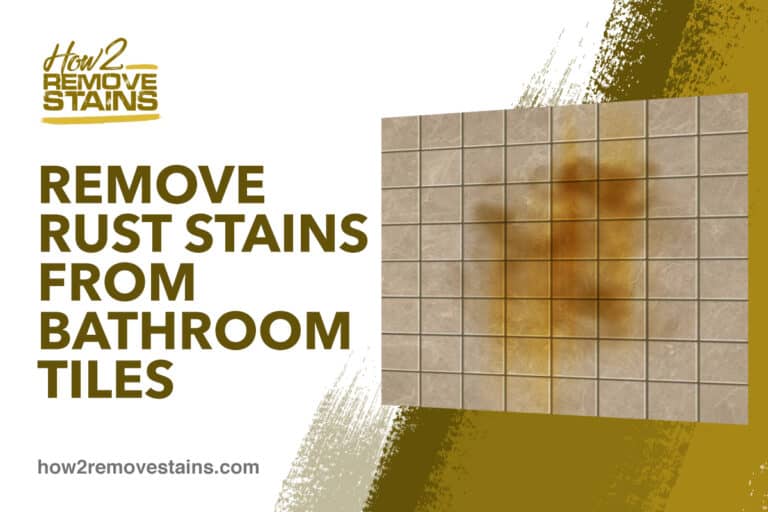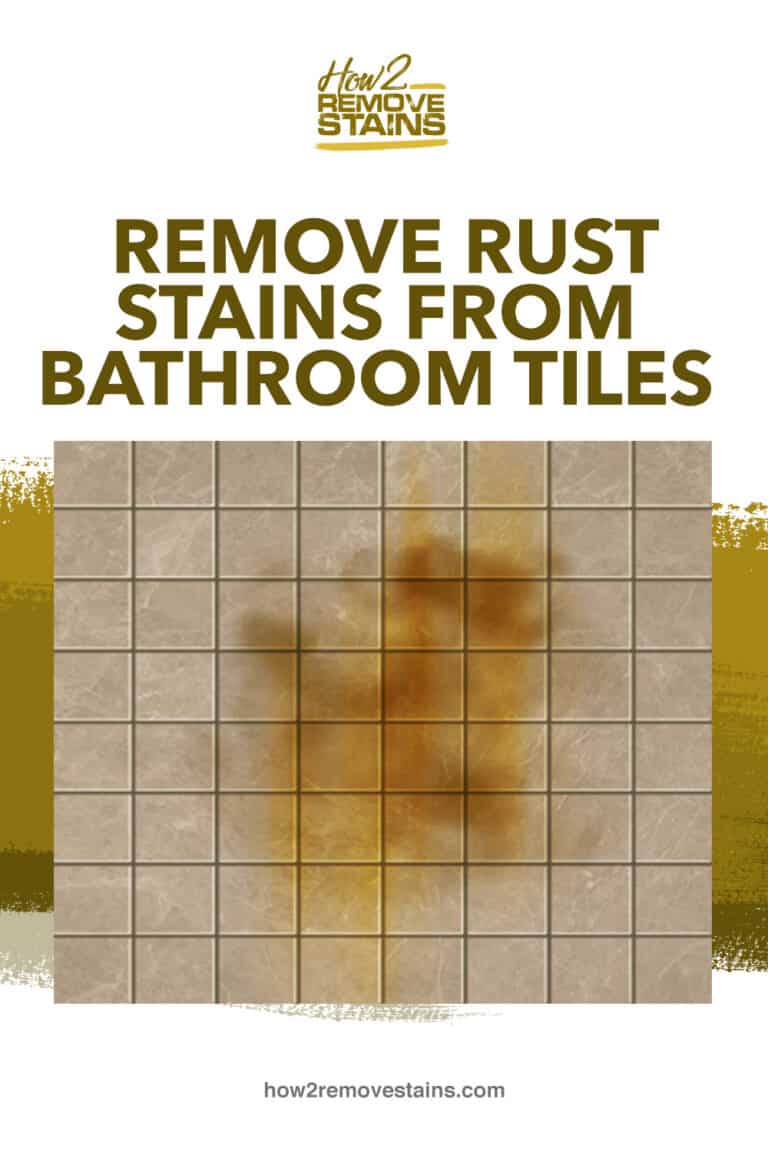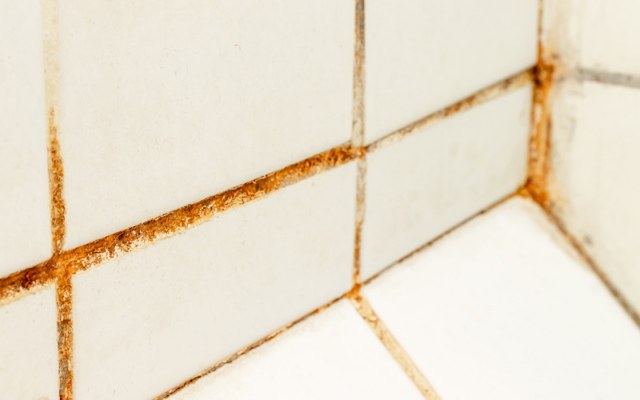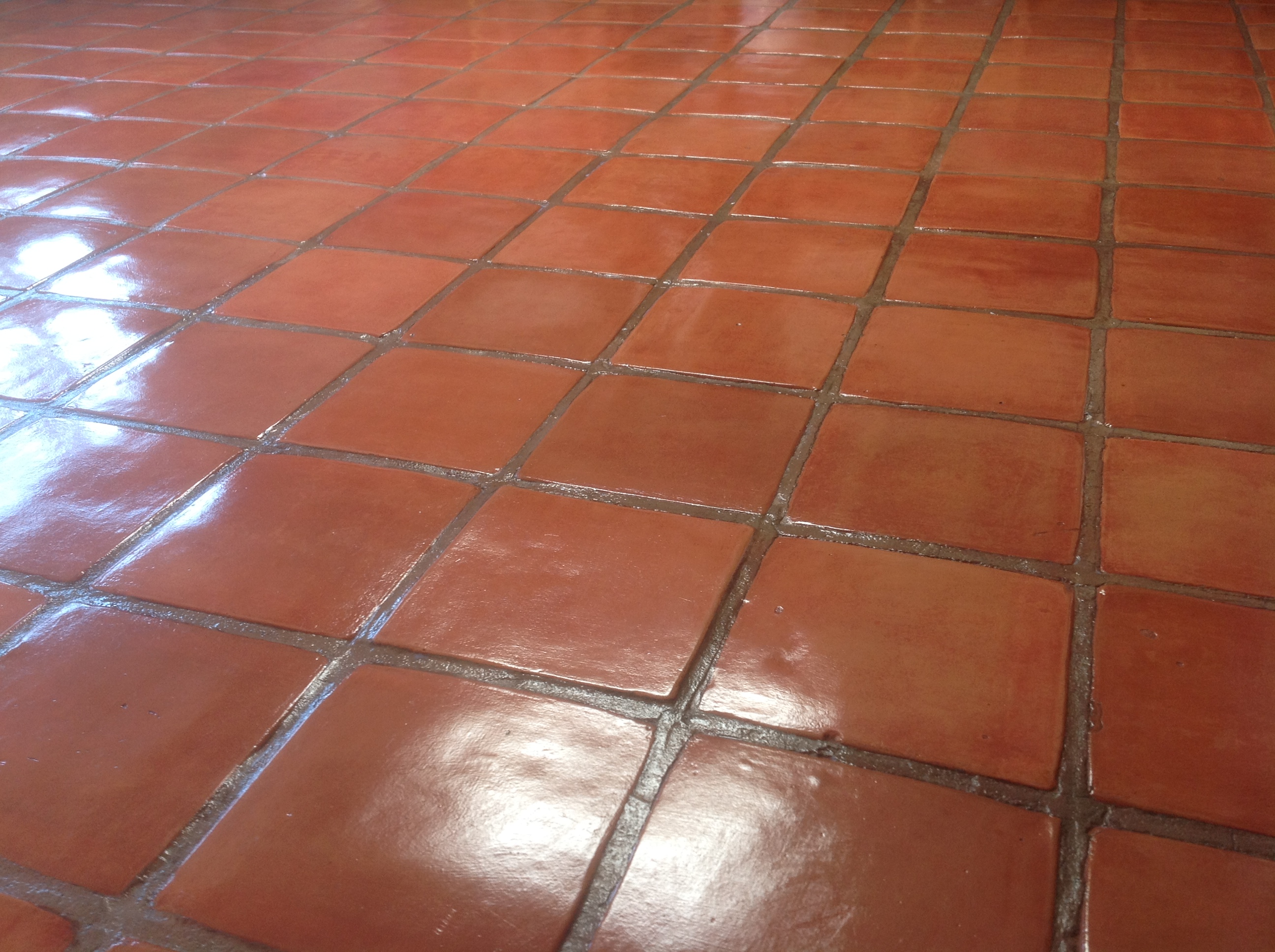Rust stains on tile floors can be stubborn, but the right approach restores surfaces effectively. Start by identifying the tile type—porcelain, ceramic, or natural stone—as this determines safe cleaning methods. For light surface rust, create a paste of baking soda and water, applying it to the stain and scrubbing gently with a soft brush. Hydrogen peroxide mixed with cream of tartar forms another gentle solution that bubbles away oxidation. Always test cleaners in inconspicuous areas first to prevent damage. Avoid steel wool or abrasive pads that could scratch tile surfaces, especially on glossy finishes.
For tougher rust stains, chemical removers formulated specifically for tile work best. Oxalic acid-based cleaners break down iron oxide without harming grout when used properly. Wear gloves and ventilate the area when applying these solutions. Let the product sit for 5-10 minutes before scrubbing with a nylon brush. Rust stains from metal furniture legs often require multiple treatments—reapply cleaner and scrub until the stain lifts. On unsealed natural stone tiles, opt for pH-neutral rust removers to prevent etching. After treatment, rinse the area thoroughly with clean water to remove all chemical residues.
Preventive measures stop rust stains from recurring. Place felt pads under metal furniture legs and avoid leaving damp metal objects on tiles. Quickly wipe up spills containing iron, like certain cleaning products or mineral water. Apply a penetrating sealer to porous tiles, which creates a protective barrier against staining. In bathrooms, check metal shower caddies and soap dishes regularly for corrosion. Outdoor tile areas benefit from rust-resistant fixtures and furniture. For persistent rust problems near plumbing fixtures, investigate possible pipe corrosion that may be depositing iron particles.
Natural alternatives effectively remove rust without harsh chemicals. Lemon juice sprinkled with salt creates a mild acid solution that dissolves stains—let it sit for an hour before scrubbing. White vinegar works similarly but shouldn’t be used on natural stone. The vitamin C in crushed aspirin tablets mixed with water can lighten rust marks when applied as a paste. For colored tiles, these natural methods may be safer than commercial cleaners that could affect pigmentation. After any treatment, polish the tile with a microfiber cloth to restore shine.
Professional restoration may be needed for severe or old rust stains. Tile refinishers use specialized equipment like steam cleaners and poultice treatments for deep-set oxidation. In some cases, light sanding with fine-grit paper removes surface rust from unglazed tiles. For damaged grout lines with rust penetration, regrouting might be necessary after stain removal. Persistent stains could indicate underlying moisture issues requiring repair. With proper techniques and regular maintenance, tile floors can remain rust-free and looking their best for years. Always address rust stains promptly before they set permanently into the tile surface.
Removing Rust Stains from Anti-Slip Swimming Pool tiles in Naseby – Northamptonshire Tile Doctor
Pin on Rust Stains
How to Remove Rust Stains from Floors Zameen Blog
Staining and Sealing Saltillo Tile the Correct Way! California Tile Restoration
How to Remove Rust Stains From Ceramic Tile Hunker How to remove rust, Remove rust stains
How To Easily Remove Rust Stains From Ceramic Tiles
Shop Style Selections Mesa Rust Glazed Porcelain Indoor/Outdoor Floor Tile (Common: 12-in x 12
Remove Rust Stains From Floor Tiles Floor Tiles
Right and Wrong Way to Paint a Tile Floor
How to Remove Rust Stains from Tile & other stuff – YouTube
Related Posts:
